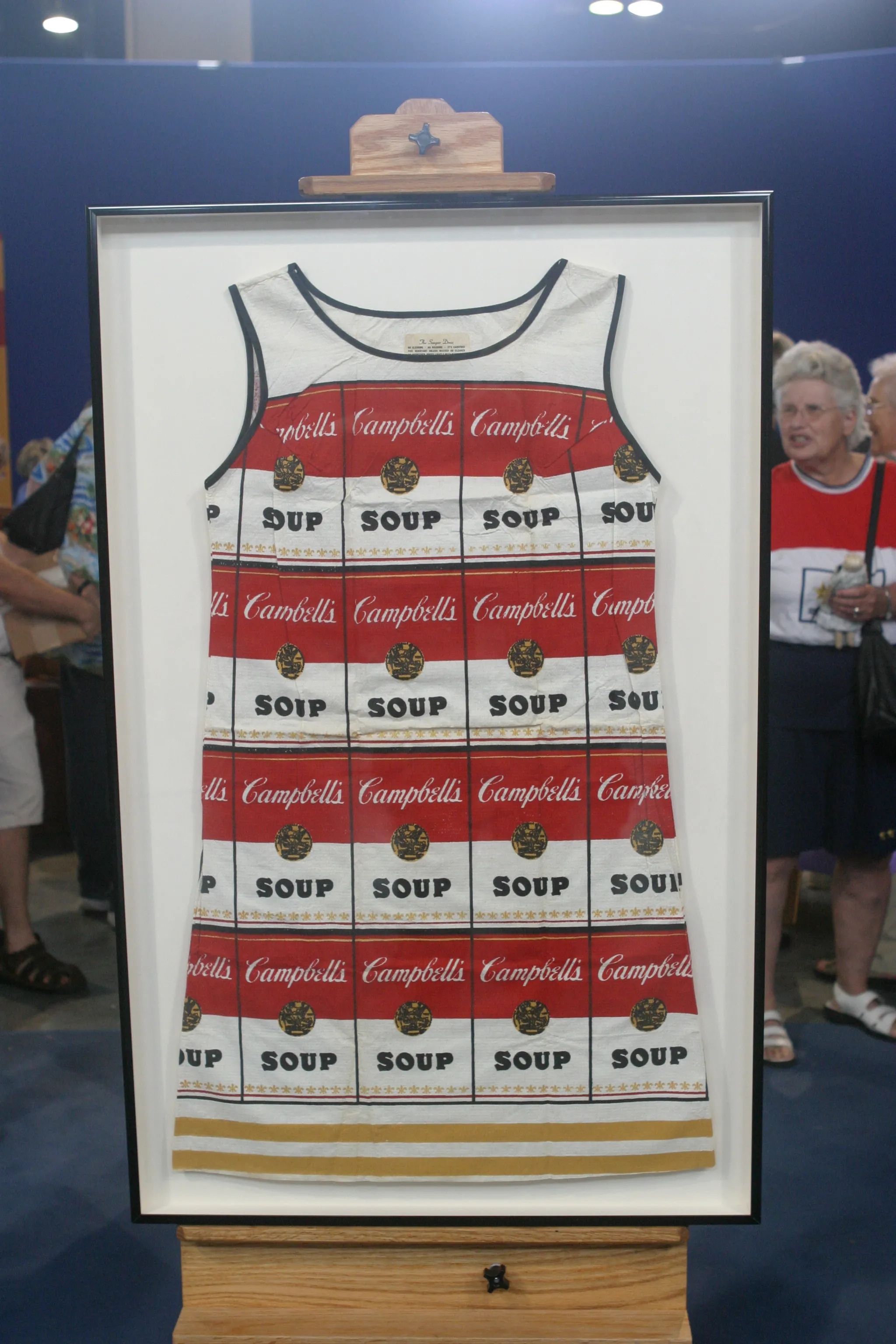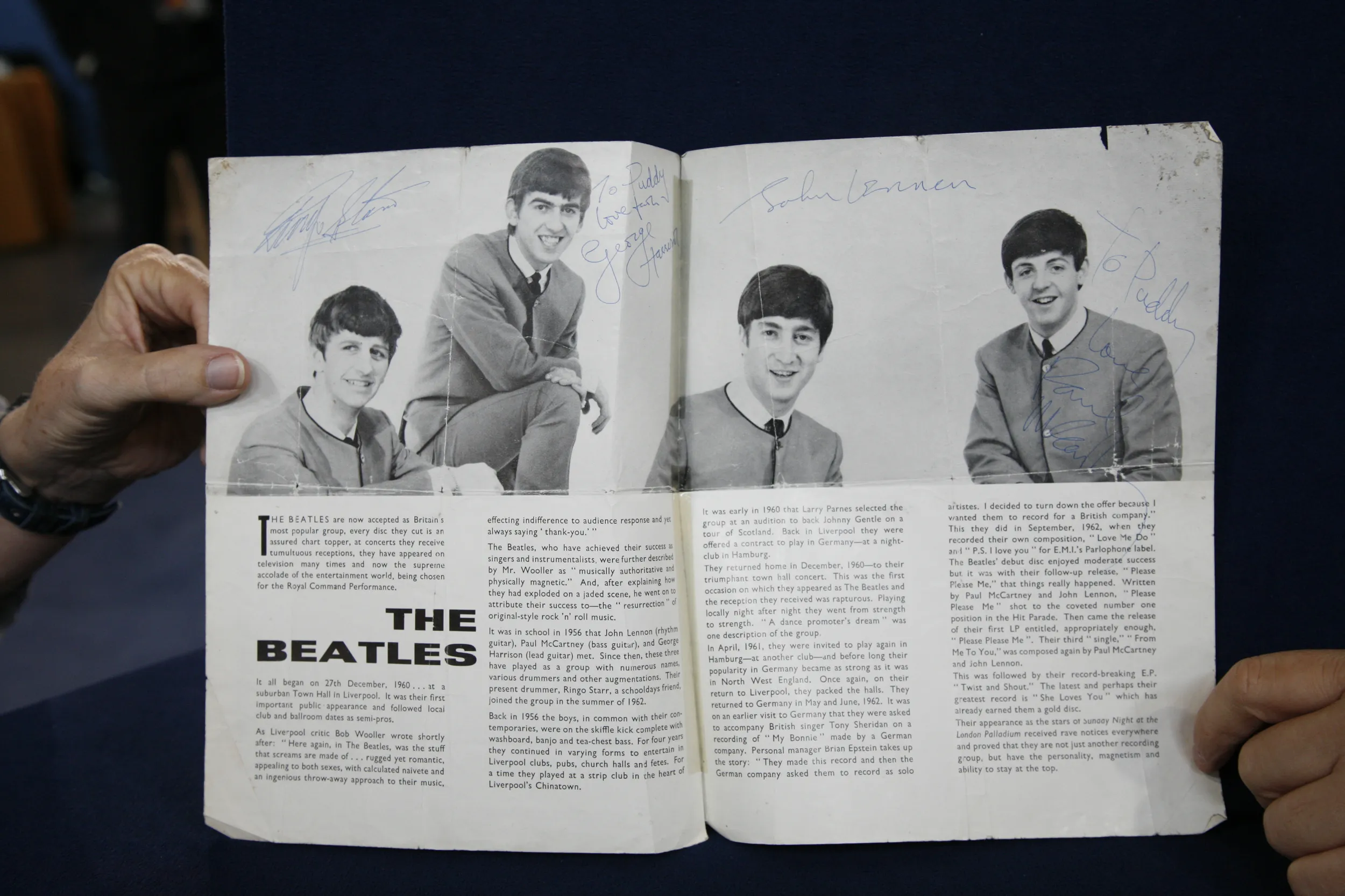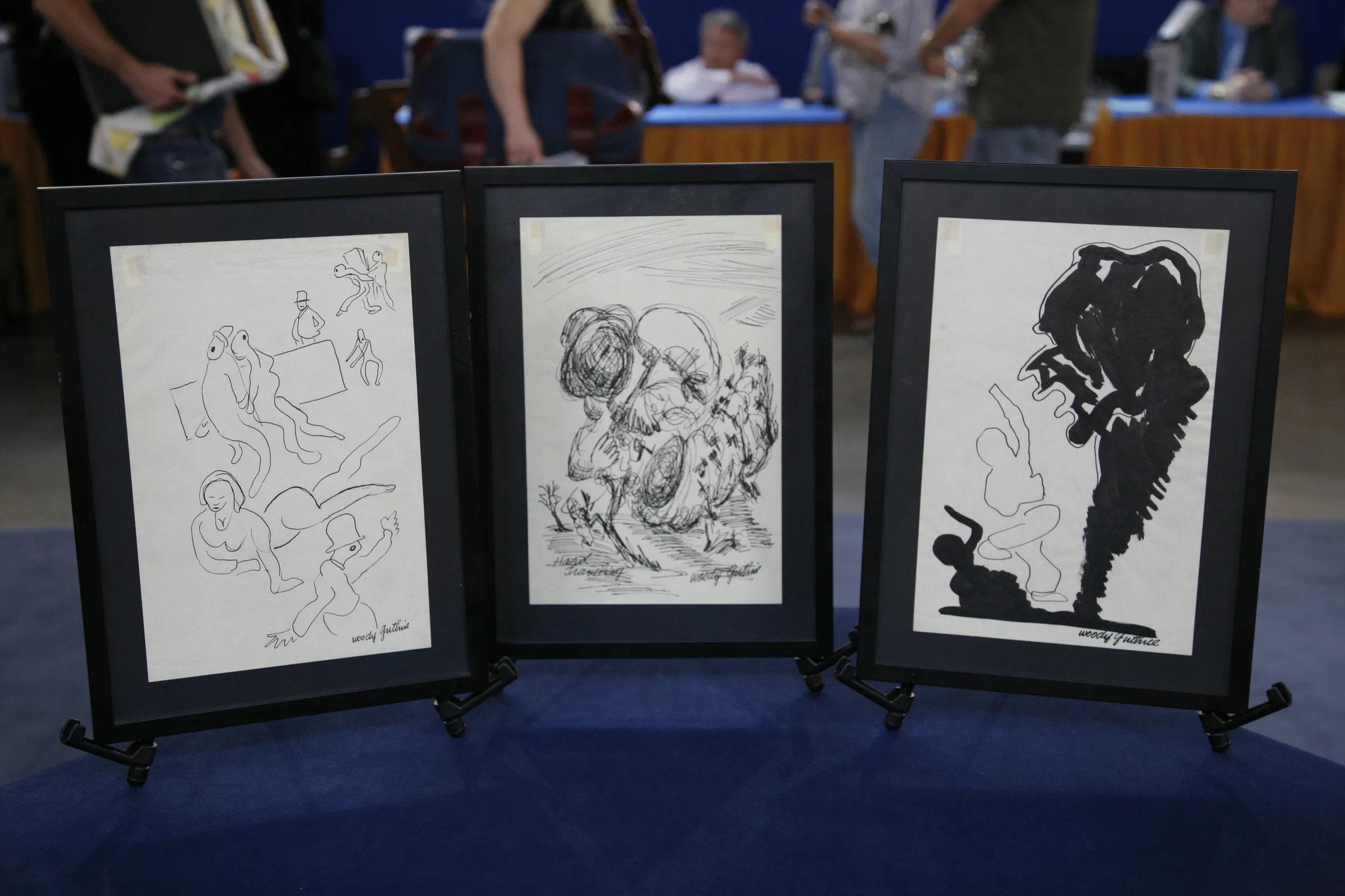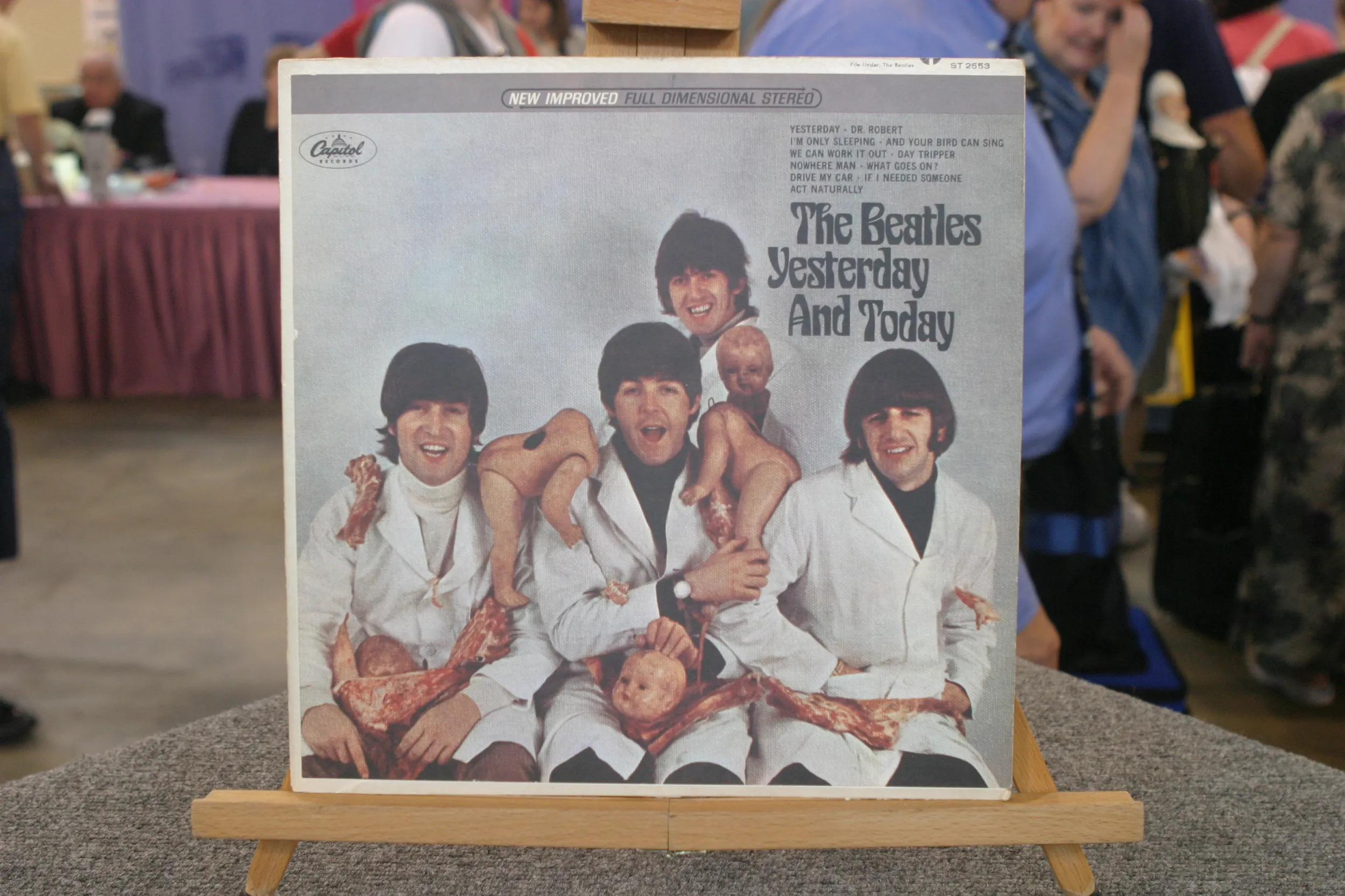GUEST: It was a gift from my parents. They bought it here in Kansas City from the Halls Department Store I think probably in the mid-'60s. They had seen it and it reminded them of the fact that I used to enjoy playing the piano late at night. (laughing) The title says "The Melody Haunts My Reverie," which I think is their way of saying I was keeping them up.
APPRAISER: Many sleepless nights listening to you play piano, is that it?
GUEST: Right, just coincidentally.
APPRAISER: Tell me, what do you know about it?
GUEST: Well, I know it's by Roy Lichtenstein and it's a numbered print. I know Lichtenstein is considered to be an American master and has this style that is derived from comic books, but I don't know a lot about it.
APPRAISER: Do you have a sense of what it might be worth?
GUEST: I'm guessing it's over $50,000 now, but I have no idea.
APPRAISER: It is by Roy Lichtenstein. You can see his signature down here in pencil, lower right. And next to you there, there's Roman numerals. That is "47" in Roman numerals. Now, this is one of Lichtenstein's earliest pop art prints, when he adopted this style. He was working in the '40s and '50s in a more abstract style, a style that was more common in America at that time, and it wasn't until the early '60s when he'd come back to New York that he developed into this comic book style using this dot pattern, which is known as a Benday dot, to create his scenes. The story goes that in 1961, his son pointed to a Mickey Mouse comic book and said to him, "Dad, I bet you can't draw as well as this," and that was sort of what spurred him into appropriating images from comic books and using the whole Benday dot system to do that. It is actually the second print he made for one of three pop art portfolios which were issued in New York in 1965, and these were group portfolios with 11 different pop artists including Warhol, who is arguably the most famous pop artist along with Lichtenstein, the two of them head and head. There was an edition of 200 of each of these in Arabic numbers, an edition of 50 with Roman numerals, so you have one of the 50. They're color screenprints, which is a very popular technique for the pop artists and one in which the colors are inked one on top of the other so if you look at this very closely, you can see this real thick application of ink on the sheet. That's also a technique that is very susceptible to wear and scuffing and scratches, and the surface of this is just pristine. You've taken very good care of this, your parents have taken very good care of it. At this time, these artists were still being ridiculed and derided, not taken seriously, so it's pretty remarkable to see something come down to us in this beautiful condition. It's actually his first most important pop art print, so you have a real watershed image here by one of the most famous pop artists of the time. I've taken a close look at it, I've spent time looking at it, and it ranks among the best examples of any of these I've ever seen. And I would suggest that you have a replacement value on this of $300,000.
GUEST: It's definitely going to remain in the family.
APPRAISER: Great. I'm glad you have it and it's a wonderful work. I'm glad you brought it in.
GUEST: Well, thank you, and thank you for the good news.











